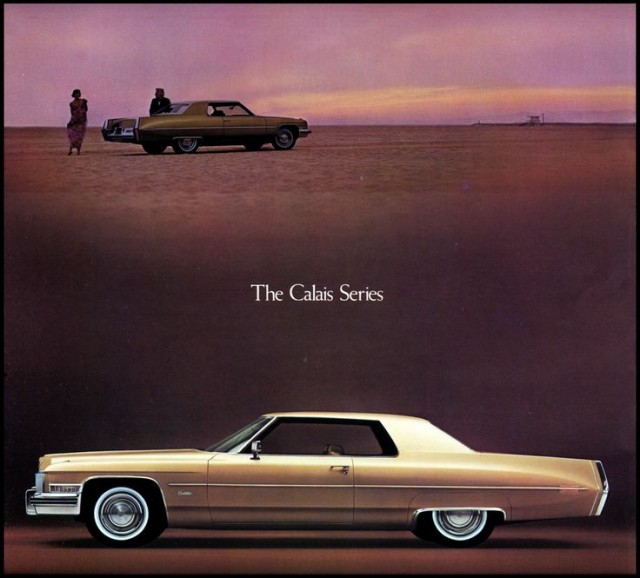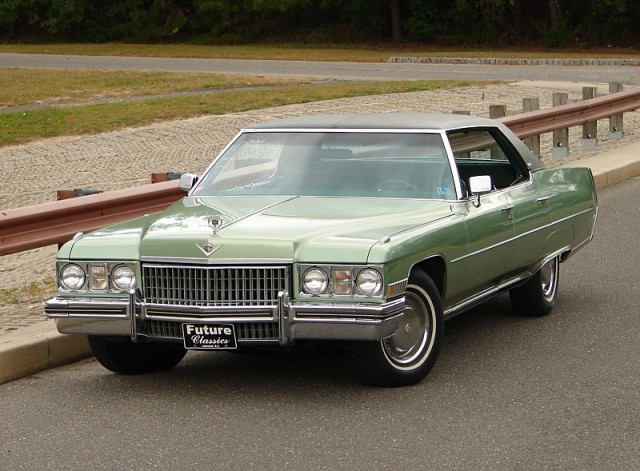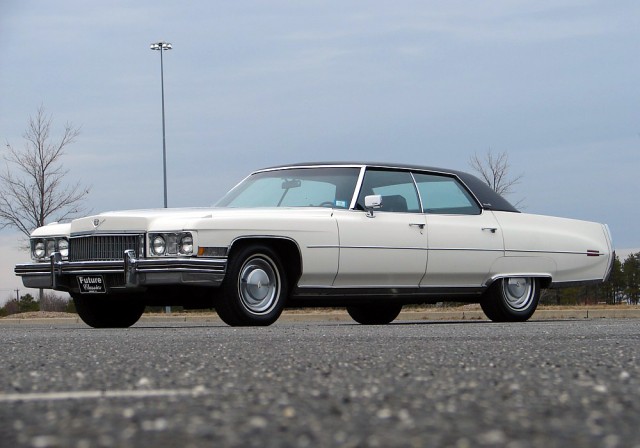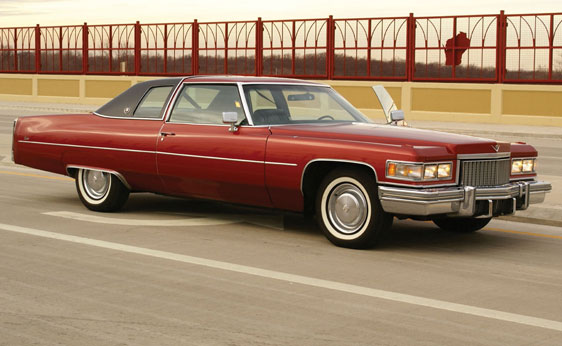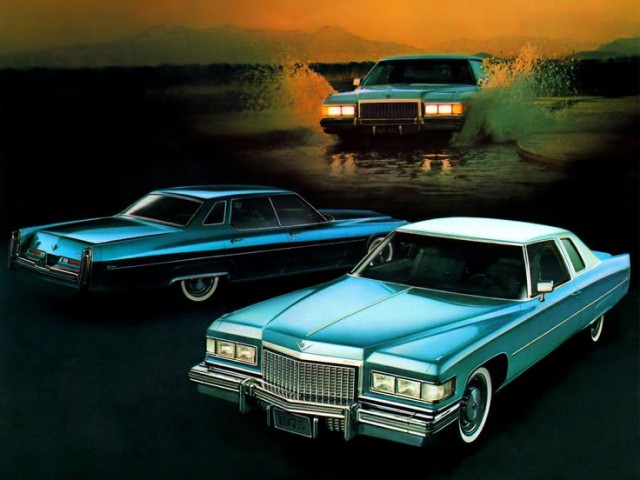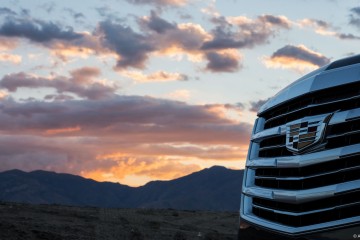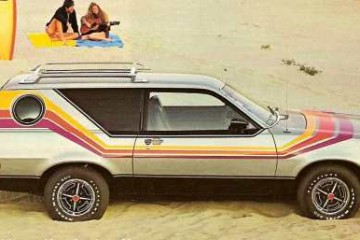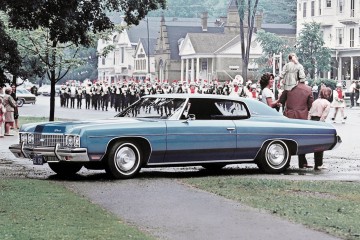It’s easy to get Malaise Era Cadillacs confused with one another, heck it’s easy to confuse them with other full size GM vehicles. They all had very similar styling, and when trying to recollect the difference between them, details easily become muddled. Cross hatch grilles on one year, of one model, may well have carried over to another year, and another model entirely. For the longest time I had no clue the Calais existed, I just always figured that it was a trim level of the De Ville, and didn’t give the nameplate much thought. After all, the Malaise Era was rife with special editions, low availability trim packages, and models that only lasted a year, or two. Such was not the case with the Calais, and after seeing one on the street recently, I finally took the time to do some research.
As it turned out, the Calais had been around for awhile prior to the start of the Malaise Era, as the first generation replaced the venerable Series 62 as the entry level Caddy in 1965. The car underwent an complete redesign in 1967, which would eventually serve as the basis for the restyling it would receive in 1971. Like GM’s other full size cars, the Calais of the 70s would be the biggest, most opulent, and over the top version of the car ever produced. It was 130″ long, and 79.8″ wide, making it a formidable vehicle that had a commanding presence. It continued to mirror the De Ville, save for it not being offered as a convertible, and not carrying the same standard equipment. It was offered as a hardtop coupe, and as a hardtop sedan, both are quite striking, but I prefer the look of the ’73/’74 sedans to all the others.
By 1973 there were a number of new federal regulations with which automakers had to comply, so another restyling was in order, though it was not nearly as extensive as before. Energy absorbing bumpers were fitted to all GM vehicles, and the Calais got a wider, more intricate egg crate design grille. The round headlights were now housed inside a single square bezel, with the parking lamps still mounted vertically between them. Subsequent designs would see the headlights moved closer together, and the parking lamps moved to the outside, at first in a double stack design, then as a single wraparound unit as we see above on the 1975 model. Changes were made to the belt line trim, and rear bumper as well, though they do little to distinguish the Calais from the De Ville. Seeing as the De Ville basically became a Calais with more standard equipment, and nicer appointments in 1973, the minor cosmetic differences really worked in a Calais owner’s favor. As was the case for myself, most folks figured they were the same car, and since it was hard to distinguish between the two, I’m sure more than one Calais has been sold as a De Ville.
1976 was the final year for both the Calais, and the Coupe De Ville, though I think both would have had continued success has they stuck around for another 3 years. People were just starting to catch disco fever, and I’ll be damned if there’s a car funkier than a Calais. Though it was an entry level Caddy, the Calais had always carried with it a good amount of luxury, something I’m sure buyers greatly appreciated during the economic downturns of the era. The choice of buying a car that looked like a much more expensive model, and offered the majority of the touches that made the pricer option so impressive was likely an easy one for upwardly mobile folks. The Calais was all about curb appeal, and unlike the Chevrolet Caprice, or Oldsmobile Delta 88, it actually had the technology to back up its image.
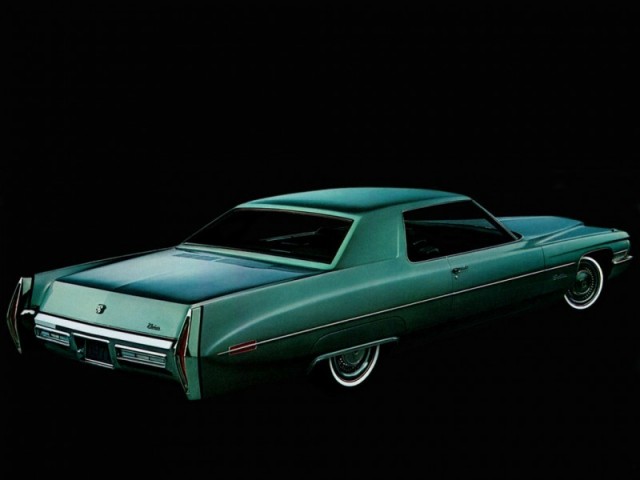
Airbags, front disc brakes, variable ratio power steering, and a number of other creature comforts we take for granted were standard on the Calais from 1974 until the end of its production run. However, it is the 1973 model that I have the biggest appreciation for, simply because of a few aesthetic touches. The rear quarter panel is more flared, and the upper trim line tapers down to the belt line molding to create a subtle pontoon look that harkens back to the Caddys of the 40s and 50s. I’m also partial to the round headlights in the square bezel vs the square headlights of the ’75 and ’76 models. The only thing that makes the later models desirable is the myriad of configurations buyers were presented with.
Interiors could be done up in eleven genuine leathers, five plaids, velours, and knits. Outside you could choose from eight different color accent stripes, thirteen new paints, and padded Elk grain material for the vinyl top. I think it’s fair to say that the Calais went out with a bang, and Cadillac wouldn’t be the same without a brash entry level offering, until the debut of the ATS in 2013. If you’re in the market for a proper land yacht, the Calais is certainly worth looking into. To be sure the car you’re looking at is in fact a Calais, not a De Ville, simply check the serial number which will be numbered 6C(__)R3Q 100001 to 350000 vs 6D(__)R3Q 100001 to 350000, or 6D4(__)R3E 3500001 to 400000. A nicely optioned Calais will be similar to a De Ville in many ways, but you won’t pay the nameplate tax, and depending on what year you go for, you can get that beautiful true hardtop design. It’s a ’73 sedan that has me dreaming luxobarge dreams, let me know if any of you come across one ok?
1975 Cadillac Calais on Cars.com
Find your next car with AutoTempest!
(Article continues below)

